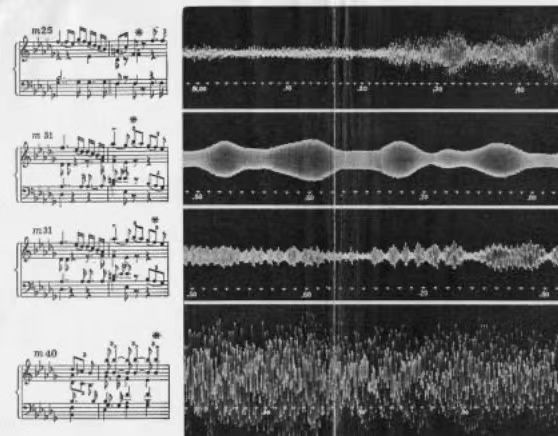
Introduction
Think of this article as a small time capsule of my programming journey — proof that everyone starts somewhere, and that projects don’t need to be perfect to be fun and functional.
Project Overview
The goal of SoundCutr was to isolate the human voice from an audio track. This is useful for tasks like:
- Karaoke (removing or extracting vocals)
- Speech analysis
- Audio preprocessing for further machine learning tasks
The approach is based on two key principles:
- Frequency filtering to focus on the human voice range (roughly 300 Hz – 3400 Hz).
- Block compartmentalization (time segmentation) to distinguish between real continuous speech and short transient sounds.
How It Works
The pipeline for processing audio files includes both spectral and temporal logic:
- Read the audio file (typically a
.wavformat). - Apply filters to separate low, mid, and high frequencies.
- Focus on the mid-range band, where the human voice dominates.
- Divide the signal into blocks of 100 ms each.
- Classify each block as either:
- a short transient noise (“pop” or artifact), or
- a real voice segment.
- Handle drop artifacts: if a block is empty but the previous and next ones are identified as voice, then the middle block is considered a “drop” artifact — and is kept as part of the continuous voice.
- Rebuild the audio emphasizing only the valid voice blocks.
Example Code Snippet
// Pseudocode for block-based detection
signal = read("input.wav");
blocks = split_into_blocks(signal, 100ms);
for each block:
if is_voice(block):
mark_as_voice(block);
else if prev_block_is_voice and next_block_is_voice:
// Likely a drop artifact, keep it as voice
mark_as_voice(block);
else:
mark_as_noise(block);
rebuild_audio(blocks, "voice_output.wav");
This combination of frequency filtering and temporal block analysis is what makes the algorithm more robust than a simple band-pass filter.
Limitations (and a Smile)
Now, let’s be honest: this is an old project. My C++ skills (and general thinking practices, thanks Haskell) have evolved a lot since then..
That said, the fundamental concept — using block compartmentalization to detect real continuous voice — is solid. In fact, this logic of “fill in the gaps if neighbors are valid” is a common strategy in signal processing even today.
Conclusion
SoundCutr was one of my first explorations into audio signal processing in C++. It may not reflect my current programming level, but it’s a fun reminder that experimenting and building things is the best way to learn.
If you want to check it out (nostalgia and all included), the code is available here:
👉 GitHub Repository: SoundCutr
Comment